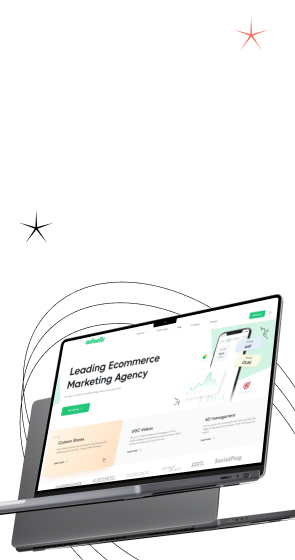Can you believe companies using data-driven design outperform competitors by 85% in sales growth? In today's market, user experience can make or break a product, and leveraging data is crucial.
This article will explore how holistic design and data-driven approaches combine to create user-friendly products. The holistic design considers every aspect of the user experience, significantly influencing perceived value and satisfaction.
We were shocked that over 70% of users leave a site due to poor user experience. Data-driven methods can drastically reduce this bounce rate. Imagine retaining and converting those users by making informed design choices!
You'll find actionable insights on transforming your user experience with data-driven design supported by recent studies and reports. We'll offer tips on leveraging analytics, showcase case studies, and provide practical advice for implementing these strategies. Ready to dive in? Let’s explore how data can drive your design to new heights!










